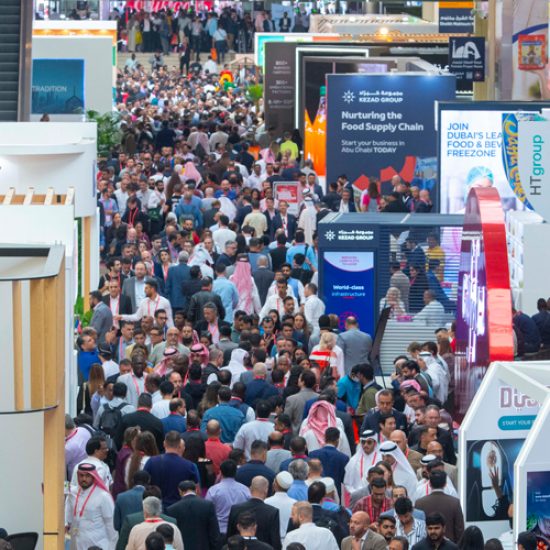| BRUSSELS
BRUSSELS European Union leaders will discuss on Thursday their agreed plan to cut immigration from Libyan shores to Italy but they increasingly fear that calmer spring weather will bring a new surge of arrivals from Africa.
Arrival numbers from lawless Libya are already higher than last year. Some 9,000 people made the perilous voyage in January and February last year, compared with nearly 13,500 in 2017.
EU states agreed a month ago on a plan to curb that flow, part of the bloc’s wider push to crack down on immigration after taking in some 1.6 million refugees and migrants coming through the Mediterranean in 2014-2016.
The Libya plan includes training the coastguard of the internationally recognised government in Tripoli to have it intercept people and put them back on Libyan shores, as well as funding the U.N. refugee and migrants agencies to improve conditions in migrants camps in Libya.
Helping to send more migrants back from Libya to their home countries further south in Africa, controlling the country’s borders and fighting smugglers are other parts of the plan.
But it is all easier said that done in Libya, a country that descended into chaos following the overthrow of its long-time strongman Muammar Gaddafi in 2011 and where the government is challenged by a powerful warlord in the east.
“It’s a real headache how to translate this into action. And even if we manage, it won’t bring immediate results in terms of migration,” one senior diplomat in Brussels said.
Another diplomat said: “The numbers are already significantly higher than last year. There is growing concern. It just looks like it’ll happen all over again.”
SECURITY SITUATION
Italy, Libya’s former colonial master, has the best intelligence and is doing most of the heavy-lifting on the ground for the EU.
Rome is worried that this coming migration season, which usually lasts from April to October, the arrivals could well exceed the 180,000 people who made it last year, overwhelming Italy in terms of accommodation, security and asylum systems.
In the scenario Rome fears most, the chaos would provoke EU states to close its northern border, stranding all the people on its soil in degrading humanitarian conditions and triggering growing social anger.
But with Libya in disarray and Tripoli nowhere near being in full control, there is a limit of what the EU can do. The dire security situation means safe access is limited or impossible in large parts of the country, including the south.
It puts clear limits on how quickly the U.N. International Organization for Migration can scale up its operations there. The IOM, however, is expected to announce this month that its international staff will be returning to Libya.
Rights groups have criticised the EU for deciding to be involved in any way in the migrant camps in Libya, which EU officials and diplomats describe as reminiscent of concentration camps, private prisons or modern-day slave markets.
“We are worried, we have to be honest about it,” another senior EU diplomat said.
“The real issue is on the ground in Libya. For reception centres, absorbing, sending back migrants, you need the Libyans, you need a functioning government and that is going to take some time. The big worry is how to we implement what we agreed.”
(Reporting by Gabriela Baczynska; Editing by Alison Williams)




